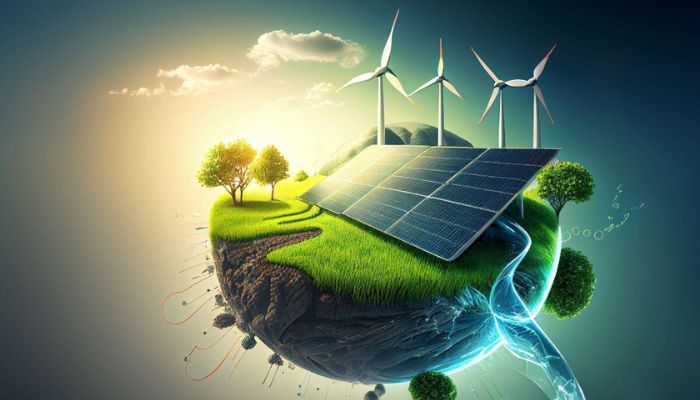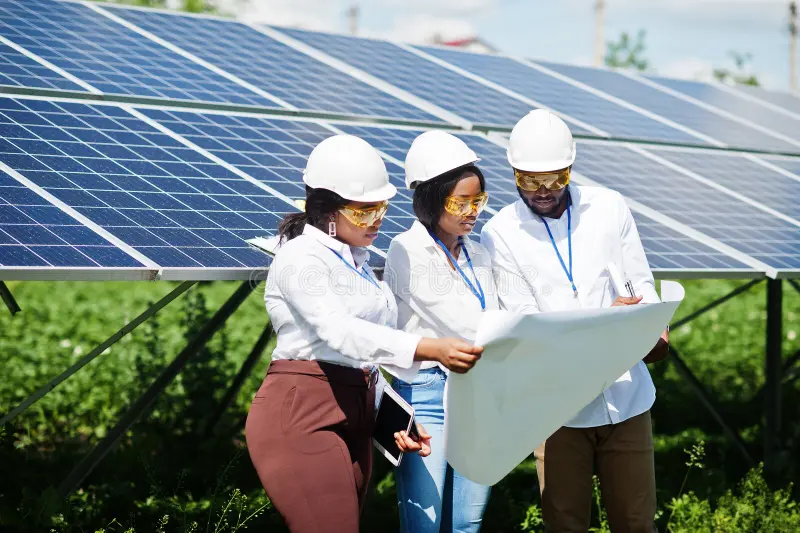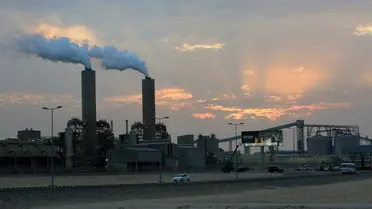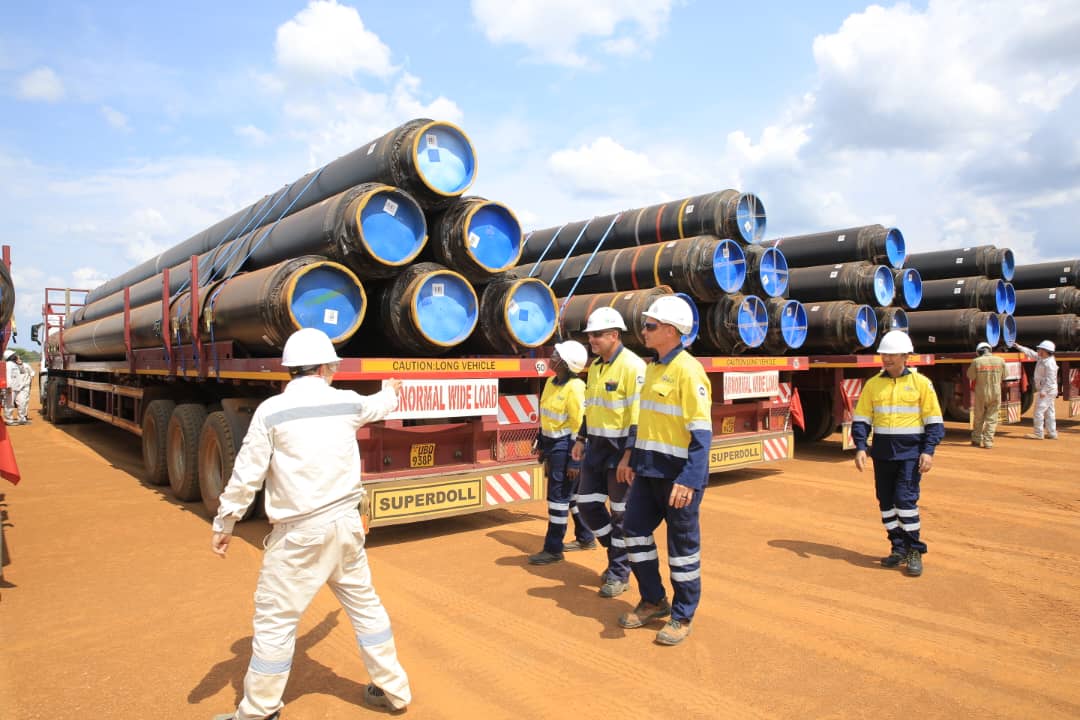Distribution

Reforming climate finance for Africa’s energy transition

Central to this task is the urgent need for accessible climate finance, a dependable financing mechanism that developed nations have long committed to supporting.
Africa’s situation is complex. Although the continent contributes less than 4 percent of global greenhouse gas emissions, it remains the most vulnerable to climate impacts. Economies across Africa, such as Nigeria, Egypt, South Africa, Tanzania, and Senegal, grapple with the dual burdens of achieving economic growth and responding to climate risks, pressures intensified by a global financial system designed without developing nations in mind. The African Development Bank’s African Economic Outlook 2024 report highlights these dynamics, stressing that Africa’s financing gap for achieving the Sustainable Development Goals (SDGs) is projected to reach $402 billion annually by 2030.
Climate finance has become a critical issue, with support from the global North remaining below expected levels. COP15 established a $100 billion annual climate finance goal to assist developing countries in tackling climate challenges, a target that has yet to be fully realised. This shortfall places Africa in a precarious position, as the continent requires significant resources to build climate resilience and enable energy transitions without compromising economic stability. Currently, Africa’s climate finance flows represent less than 11% of the annual need, limiting its capacity to invest in resilient infrastructure, renewable energy, and sustainable development.
Global climate finance must be restructured. For African nations to engage in a sustainable energy transition, financing mechanisms must prioritise adaptation alongside mitigation. International financial institutions must recognise the continent’s distinct needs, reform lending terms, and develop innovative financing models. Otherwise, Africa will remain trapped in a cycle of climate vulnerability and constrained growth, widening the development gap.
As Africa navigates this financing impasse, the continent’s rich natural gas reserves present both an opportunity and a dilemma. The African Climate Foundation’s recent report emphasises the role of natural gas as a bridge fuel in Africa’s energy mix, particularly as an alternative to high-emission fuels like diesel and coal. Africa’s reliance on natural gas, however, also introduces significant transition risk. As global decarbonisation accelerates, demand for fossil fuels, including natural gas, may diminish in a few decades, potentially devaluing investments in gas infrastructure. This poses a unique challenge for African nations that, due to limited access to finance, are often forced to prioritise short-term energy security over long-term sustainability.
The concept of “transition risk” is sobering for African economies. Unlike developed nations with diversified financial and energy resources, many African economies are locked into pathways that expose them to economic vulnerability as the global energy landscape shifts. For emerging producers, the financial risks are profound: they face the threat of stranded assets as global demand wanes under decarbonisation mandates. Developing these resources requires billions in investment, yet those funds could be at risk if global climate policies make gas assets obsolete.
Nigeria’s ongoing push for compressed natural gas (CNG) provides a model worth considering. Through the Presidential Initiative on CNG, Nigeria has invested in building CNG infrastructure to support cleaner fuel alternatives for transportation. While still heavily fossil-based, CNG offers immediate economic benefits by reducing dependence on imported fuels and lowering emissions. Dangote’s recent investments in CNG infrastructure underscore the private sector’s potential role in this transition, yet they also raise questions about the scalability of such investments across the continent.












